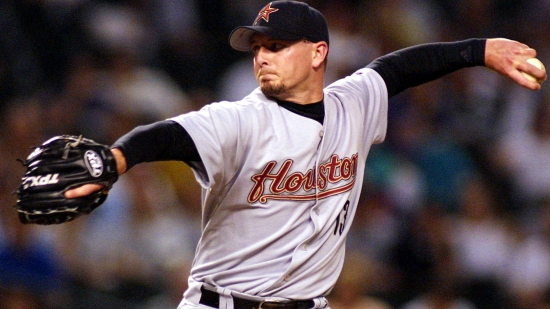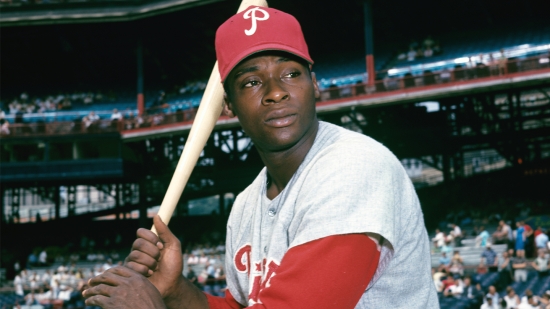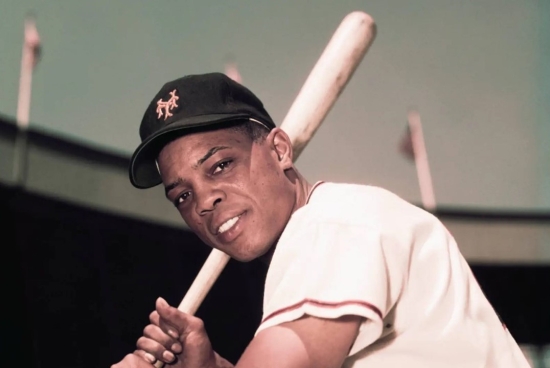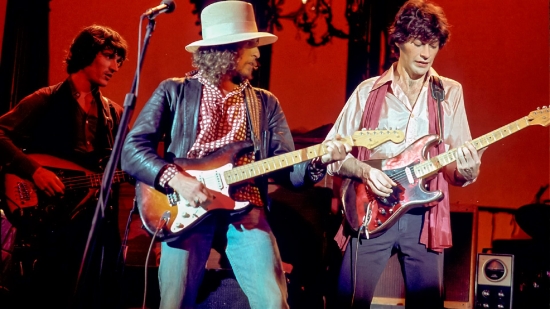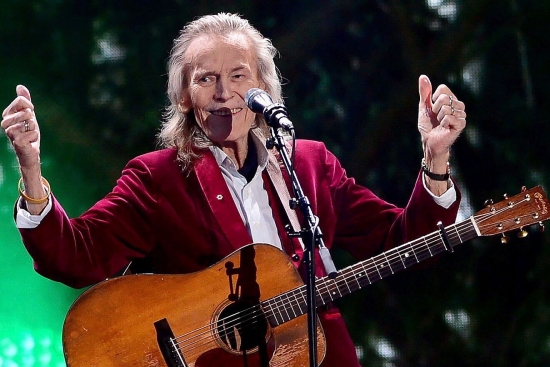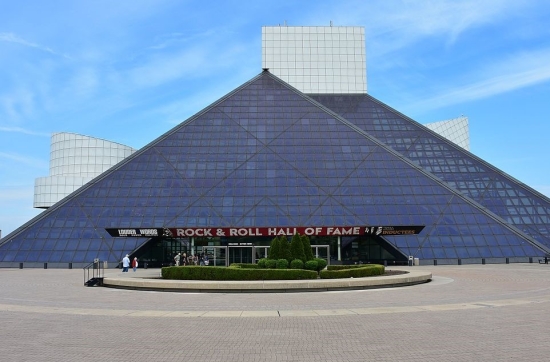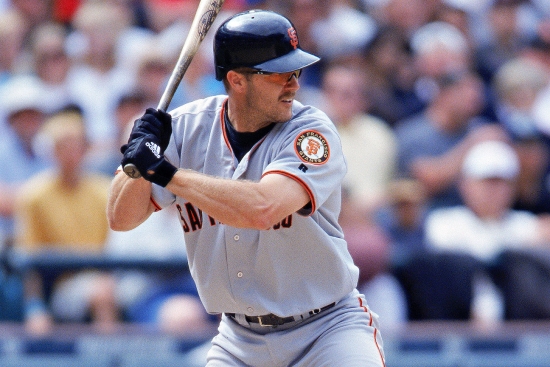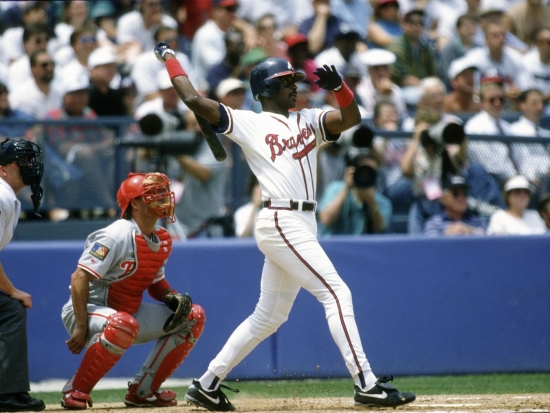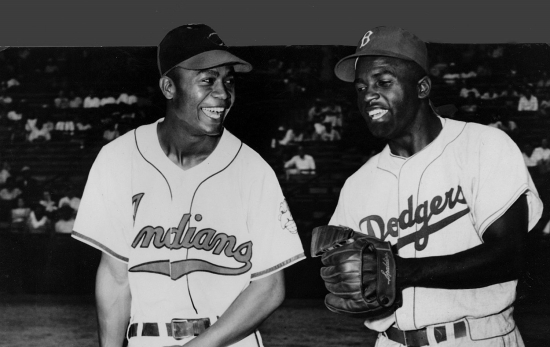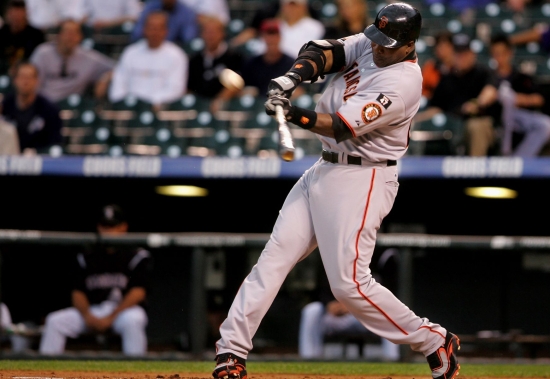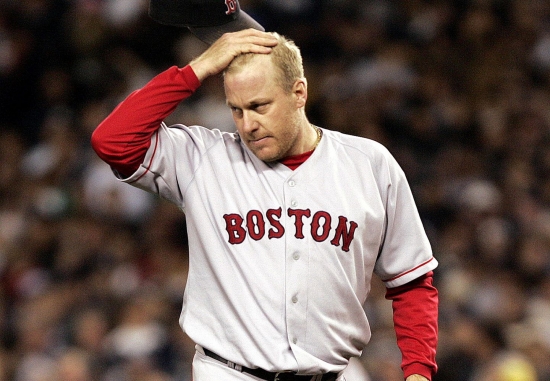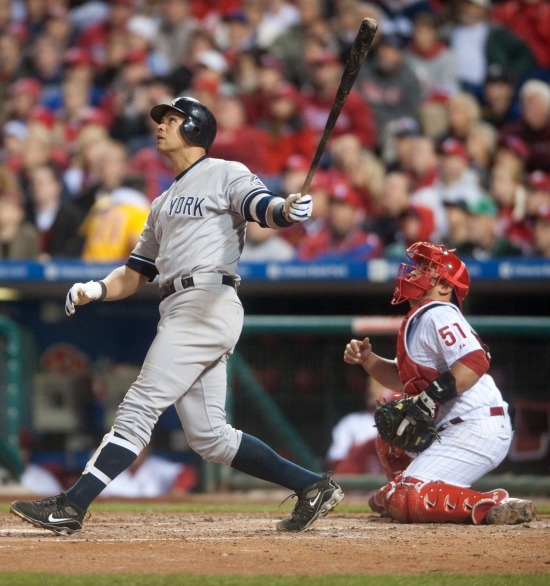DDT's Pop Flies (70)
DDT (AKA Darryl Tahirali) is a freelance writer living in Orange County, California. Originally from Canada, DDT enjoys writing about music, baseball, and other areas of Western pop culture from the tasteful to the trashy. DDT can be reached at This email address is being protected from spambots. You need JavaScript enabled to view it..
If I Had a Vote in the 2025 Baseball Hall of Fame Election
After a decade of "ballot logjam," has voting for the National Baseball Hall of Fame finally returned to normal? We will know when results from the ballots cast by the qualified members of the Baseball Writers' Association of America (BBWAA, or "the writers") are announced on January 21, 2025, although based on voting trends over the last decade, the bulk of the results are predictable and, by now, unsurprising.
What does a "return to normal" mean? Of the 14 first-time candidates on the BBWAA 2025 ballot, only two, CC Sabathia and Ichiro Suzuki, stand out as likely Hall of Famers, and neither are a lock for first-ballot induction. Of the 14 returning candidates, none of the "normal" candidates are automatic Hall of Famers, else they would have been elected already. Thus, there is no "ballot logjam," meaning that there are not more than ten sure-fire Hall of Famers who exceed the maximum of ten votes allowed per ballot.
- baseball hall of fame
- bobby abreu
- carlos beltran
- mark buehrle
- carlos gonzalez
- curtis granderson
- felix hernandez
- torii hunter
- adam jones
- Andruw Jones
- ian kinsler
- russell martin
- brian mccann
- dustin pedroia
- andy pettitte
- hanley ramirez
- Manny Ramirez
- fernando rodney
- alex rodriguez
- francisco rodriguez
- jimmy rollins
- cc sabathia
- ichiro suzuki
- troy tulowitzki
- chase utley
- Omar Vizquel
- Billy Wagner
- david wright
- ben zobrist
Baseball Hall of Fame 2025: Classic Baseball Era Committee
Created in April 2022, the Classic Baseball Era Committee debuts to deliberate eight candidates for induction into the National Baseball Hall of Fame. All eight candidates' careers began before 1980. Two are associated with the Negro Leagues, assimilated into Major League Baseball in December 2020, while the other six are some very familiar names indeed, and it is highly likely that at least one of them will be announced by the committee on December 8, 2024, for formal induction in July 2025.
The six non-Negro Leagues candidates are practically near-contemporaries whose playing careers span the 1950s through the 1980s: Dick Allen, Ken Boyer, Steve Garvey, Tommy John, Dave Parker, and Luis Tiant. The two Negro Leagues candidates are John Donaldson and Vic Harris, with Donaldson, whose tenure in the officially-recognized Negro Leagues lasted for the first half of the 1920s, also considered a manager and a pioneer of sorts; by contrast, Harris's playing and managing career spanned virtually the entire Negro Leagues period from 1920 to 1948.
Say Hey Has Gone Away. What Is There to Say?
Willie Mays is my all-time favorite baseball player. He has been ever since I was a boy. Why I came to that conclusion at that young age, I don't know. I never even got to see the Say Hey Kid play in person. It was just a childhood intuition that can be rationalized only as an adult, the attempt to understand what instinct already knew to be true. And while I have long since shunned the idea of "hero worship" and "role models," if I ever embraced those ideas in the first place, as far as I was concerned, Willie Mays has always resided on another, higher plane of existence.
Six weeks after he turned 93, Willie Howard Mays died of heart failure in Palo Alto, California, on June 18. Now the Say Hey Kid does reside on another, higher plane of existence, whatever that may be, whether actual or imaginary, whether, to abuse the hoary cliché, it be "heaven's all-star squad" with all the baseball gods who ascended to the Great Diamond in the Sky before him.
Indeed, I won't reiterate the usual narratives and statistics that form the standard approach for obituaries. Mays's story has been told countless times, and it will continue to be told long after contemporary coverage begins to fade because his story is a part of history just as baseball is a part of history, and it isn't just American history as baseball has long been a prime American cultural export.
Robbie Robertson's Last Waltz
Quite honestly, I can't you tell how many times I've seen The Last Waltz, but I do know that the next time I do, it will be with sadness knowing that Robbie Robertson, alive forever in that landmark rock and roll concert movie, died on August 9 at the age of 80 after his battle with prostate cancer.
Given that The Last Waltz had been directed by Martin Scorsese and had featured a galaxy of classic-rock stars from Bob Dylan, Joni Mitchell, and Van Morrison to Eric Clapton, Muddy Waters, and Neil Young, it is somehow fitting that even casual rock fans—certainly those born after the movie's release date of 1978—who might have vaguely heard of the Band, whose farewell concert is the very purpose of the movie, might still ask, "Robbie who?"
Remembering Gordon Lightfoot
The church bell will ring one last time for Gordon Lightfoot, "the Canadian musical institution," as critic Bart Testa once termed him. That reference is of course to the last verse of the singer-guitarist-songwriter's signature song "The Wreck of the Edmund Fitzgerald," in which "in a musty old hall in Detroit" "the church bell chimed 'til it rang twenty-nine times for each man on the Edmund Fitzgerald," an ore carrier that sank in Lake Superior during a heavy storm in November 1975.
That bell chimes now for Gordon, who died of natural causes at age 84 in Toronto, Ontario, on May 1. Lightfoot had to cancel a tour just three weeks prior to his death, citing health issues as the reason. A bell tolling for him is sadly fitting, for it was Lightfoot's song, a Number Two US hit in 1976, that demonstrated evocatively how folk music, which might have seemed quaint and out-of-date amidst the mid-Seventies disco, glam-rock, and arena-rock, with hints of burgeoning punk-rock beginning to scratch and claw forth, still had the essence to capture the moment.
What's Still Wrong with the Rock and Roll Hall of Fame?
Is the Rock and Roll Hall of Fame still relevant? Was the Rock and Roll Hall of Fame ever relevant? Does anyone still care about the Rock Hall except as a punching bag because his or her favorite artist has yet to be inducted? And just what kind of honorific is it to be labeled as a "Hall of Fame artist," anyway? Does it make their music more legitimate? Less legitimate?
Make no mistake: The notion of memorializing the music of the "Rock and Roll Era," popular music dating primarily from the mid-1950s and made almost exclusively in Western, English-speaking countries, is a worthwhile and even noble one. There is no disputing the enormous impact popular music has made in the last several decades, not just on popular culture but on the society that bred it, and establishing an institution, the Rock and Roll Hall of Fame (located in Cleveland, Ohio), to showcase its legacy would seem both logical and inevitable.
If I Had a Vote in the 2023 Baseball Hall of Fame Election
Days from the January 24, 2023, announcement by the National Baseball Hall of Fame of candidates who may have been elected by the Baseball Writers' Association of America (BBWAA), the burning question is not who those candidates, if any, will be. Instead, the burning question is: What morality are BBWAA voters going to legislate for the Hall of Saints this year?
For more than a decade, the controversy over performance-enhancing drugs (PED) has consumed discussion about who should or should not be elected to the Hall, capped by the late Hall of Famer Joe Morgan's now-infamous 2017 missive to voters about keeping the PED Penitents out of Cooperstown. But although the PED predicament remains—among the returning candidates on the 2023 BBWAA ballot are Manny Ramirez and Álex Rodriguez—voters are now finding other performance flaws in candidates to deny them entrance to the Hallowed Hall.
- baseball hall of fame
- 2023 bbwaa ballot
- bobby abreu
- mark buehrle
- todd helton
- torii hunter
- Andruw Jones
- Jeff Kent
- andy pettitte
- Manny Ramirez
- alex rodriguez
- Scott Rolen
- jimmy rollins
- Gary Sheffield
- Omar Vizquel
- Billy Wagner
- bronson arroyo
- carlos beltran
- matt cain
- ra dickey
- jacoby ellsbury
- andre ethier
- jj hardy
- john lackey
- mike napoli
- jhonny peralta
- francisco rodriguez
- huston street
- jered weaver
- jayson werth
Baseball Hall of Fame 2023: Contemporary Baseball Era Committee
By paring the number of candidates to be considered by the Contemporary Baseball Era Committee to a lean-and-mean eight, and if trends by recent iterations of the National Baseball Hall of Fame Veterans Committee continue, the odds look very good for Fred McGriff to be making an induction speech in Cooperstown, New York, in July 2023 when the committee announces its results during the baseball winter meetings to be held on December 4, 2022.
Why should McGriff start preparing his induction speech? Because the Screening Committee that selected the eight players whose careers began after 1980 to be considered by the Contemporary Baseball Era Committee of the Hall of Saints—sorry, make that the Hall of Fame—have gamed the ballot to, in essence, eliminate half of its candidates right off the bat, leaving the slugging first baseman as the most viable candidate for consideration ahead of, in order of descending likelihood, Don Mattingly, Dale Murphy, and Albert Belle.
The Negro Leagues Are Not the "Major Leagues"
In December 2020, Major League Baseball Commissioner Rob Manfred announced that the Negro Leagues from the first half of the 20th century were now officially recognized as having Major League status, "correcting a long-time oversight in the game's history." Officially recognized were seven separate Negro Leagues that operated between 1920 and 1948.
Coinciding with measures taken by Cleveland's Major League franchise to wean itself from stereotypes derogatory to Native Americans, which resulted in the dumping of the "Chief Wahoo" logo in 2019 and, more significantly, the dumping of "Indians" as the team's nickname in favor of "Guardians" in 2022, the inclusion of the Negro Leagues into MLB would seem to be an enlightened step forward, wouldn't it?
Not so fast. Were it not for segregation, the Negro Leagues would not have existed, at least not as the top tier of professional baseball for African-American players, because those players would have been playing in the Majors in the first place. This discrimination based on race was part of the "separate but equal" doctrine, also known as "Jim Crow," that was explicitly enforced in the Deep South but also tacitly acknowledged in many other parts of the United States.
If I Had a Vote in the 2022 Baseball Hall of Fame Election
On a ballot packed with qualified candidates for the National Baseball Hall of Fame, is it possible that none of them will be elected this year?
If that happens, as it did last year, it would be the third time in the last decade that the qualified voters of the Baseball Writers' Association of America (BBWAA) have thrown a shutout at the Hall of Fame. This is an odd paradox considering that after the Big Zilch of 2013, the BBWAA in subsequent years went on to elect 22 players across the next seven ballots, with the various guises of the veterans committee voting in another five players (and six non-players) during that seven-year span. (In 2013, the veterans committee did elect three candidates to the Hall.)
Last year, Curt Schilling, who had garnered 70 percent of the vote on the previous ballot, seemed to be a lock for election. Instead, he stalled with a negligible increase in support, then threw a social-media Trumper tantrum declaring that he wanted to be removed from this year's ballot. The Hall of Fame quickly responded that it would not do so.
- baseball hall of fame
- bobby abreu
- mark buehrle
- carl crawford
- prince fielder
- todd helton
- ryan howard
- tim hudson
- torii hunter
- Andruw Jones
- Jeff Kent
- tim lincecum
- justin morneau
- joe nathan
- david ortiz
- jonathan papelbon
- jake peavy
- andy pettitte
- aj pierzynski
- alex rodriguez
- Scott Rolen
- jimmy rollins
- mark teixeira
- Omar Vizquel
- Billy Wagner
- barry bonds
- roger clemens
- Curt Schilling
- Gary Sheffield
- sammy sosa
- Manny Ramirez
If I Had a Vote in the 2021 Baseball Hall of Fame Election
Is this the year Curt Schilling makes it into the National Baseball Hall of Fame? Will Schilling be the only player elected to the Hall this year? After all the tumultuous voting activity of the 2010s, has voting for the Hall returned to "normal"?
Only a crystal ball, or the patience to wait until voting results for the 2021 Baseball Hall of Fame are announced on January 26, 2021, can give us the definitive answers, but of course that doesn't stop us from prognosticating before we learn the results.
For now, the short answers are:
1. Maybe.
2. Possibly.
3. Likely.
2021 BBWAA Hall of Fame Ballot: Executive Summary
- baseball
- baseball hall of fame
- bobby abreu
- barry bonds
- Curt Schilling
- roger clemens
- Omar Vizquel
- Scott Rolen
- todd helton
- Andruw Jones
- Jeff Kent
- andy pettitte
- Manny Ramirez
- Gary Sheffield
- sammy sosa
- Billy Wagner
- mark buehrle
- aj burnett
- michael cuddyer
- dan haren
- latroy hawkins
- tim hudson
- torii hunter
- aramis ramirez
- nick swisher
- shane victorino
- barry zito
Baseball Hall of Fame: Ballot Forecast 2021 to 2025
In a tumultuous year that was not normal for anything and everything including baseball, one thing that might be back to normal is voting for the Baseball Hall of Fame. Granted, the 2021 Baseball Hall of Fame ballot has 14 returning candidates, with just about every one of them owning cases for induction that range from borderline to compelling.
- baseball hall of fame
- mark buehrle
- tim hudson
- barry zito
- torii hunter
- david ortiz
- joe nathan
- mark teixeira
- alex rodriguez
- jonathan papelbon
- jake peavy
- jimmy rollins
- carl crawford
- prince fielder
- ryan howard
- tim lincecum
- carlos beltran
- francisco rodriguez
- john lackey
- adrian beltre
- joe mauer
- chase utley
- jose bautista
- bartolo colon
- adrian gonzalez
- matt holliday
- david wright
- cc sabathia
- ichiro suzuki
- curtis granderson
- ian kinsler
- brian mccann
- ben zobrist
- troy tulowitzki


